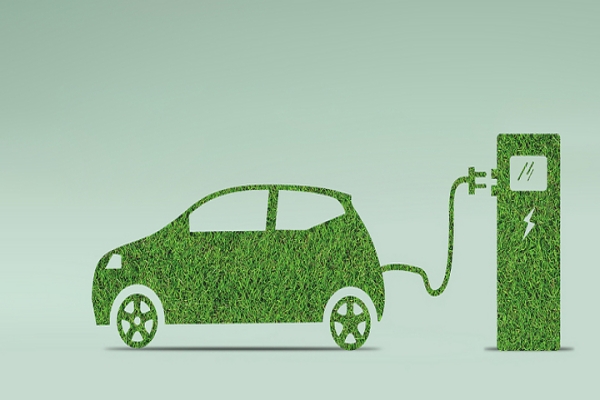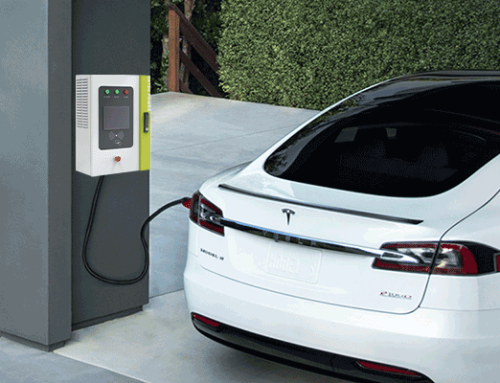In recent years, the global new energy vehicle market has developed rapidly, the number of ownership has increased rapidly, and the demand for new energy vehicle charging has also continued to increase. The charging of new energy electric vehicles is considered to be the “last mile” in the promotion of new energy vehicles and a key link in the development of new energy vehicles. Improving the construction of charging infrastructure will help relieve consumers’ anxiety about mileage and charging of new energy vehicles, and is of great significance to the electrification and globalization of vehicles.
2021 can be described as a year of explosive development of new energy electric vehicles in the world. According to data from the Clean Technica website, compared with 2020, global sales of new energy vehicles will surge by 108% in 2021, reaching nearly 6.5 million units, and the market share of new energy vehicles will also reach a record 9%. Among them, pure electric vehicle sales accounted for 71%, which is the mainstream of global new energy vehicles. The agency predicts that the global sales of new energy vehicles are expected to reach about 10 million in 2022; the global sales are expected to be close to 20 million by 2025, and the penetration rate is expected to exceed 20%; the compound growth rate from 2021 to 2025 is expected to reach more than 30%.

At present, in terms of the global new energy vehicle sales market, China still leads the world, while Europe is closely behind. In 2021, while the total car sales in Europe fell by 1.9% year-on-year, the sales of new energy vehicles increased by 66.4% year-on-year to more than 2.27 million units. Europe has benefited from factors such as carbon emission policies and ban timetables, and major European carmakers are actively building electric vehicle brands. According to the plan, by 2035, the sales of new cars in Europe will be 100% purely electrified, with zero emissions completely achieved.
One in every 11 new cars sold in Europe in 2021 will be a pure electric vehicle, a 63% increase from 2020. However, there are currently 374,000 public charging points in Europe, two-thirds of which are concentrated in five countries – the Netherlands, France, Italy, Germany and the United Kingdom, while some European countries still do not reach one charging point per 100 kilometers. The absence will limit the use of electric vehicles, leading to obstacles to promotion.
According to a joint report by Ernst & Young and the European Power Industry Alliance, it is estimated that by 2035, Europe will need to install 65 million charging piles to meet the charging needs of 130 million electric vehicles. Serge Colle, Ernst & Young’s global head of energy and resources, said: “Before 2030, we need to add about 500,000 new chargers per year, and between 2030 and 2035, the number of new charging points per year needs to double to about 1 million.” Ernst & Young It is estimated that the expansion of public charging piles will require about $62 billion in capital, and an additional $72 billion will be required to install the remaining 56 million household charging piles.
For Europe, there will be a huge shortage of charging piles in the next decade. Just as new energy vehicles are busy “going overseas” to Europe recently, the European charging pile market is also ushering in an important period of opportunity for global companies.














